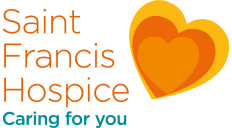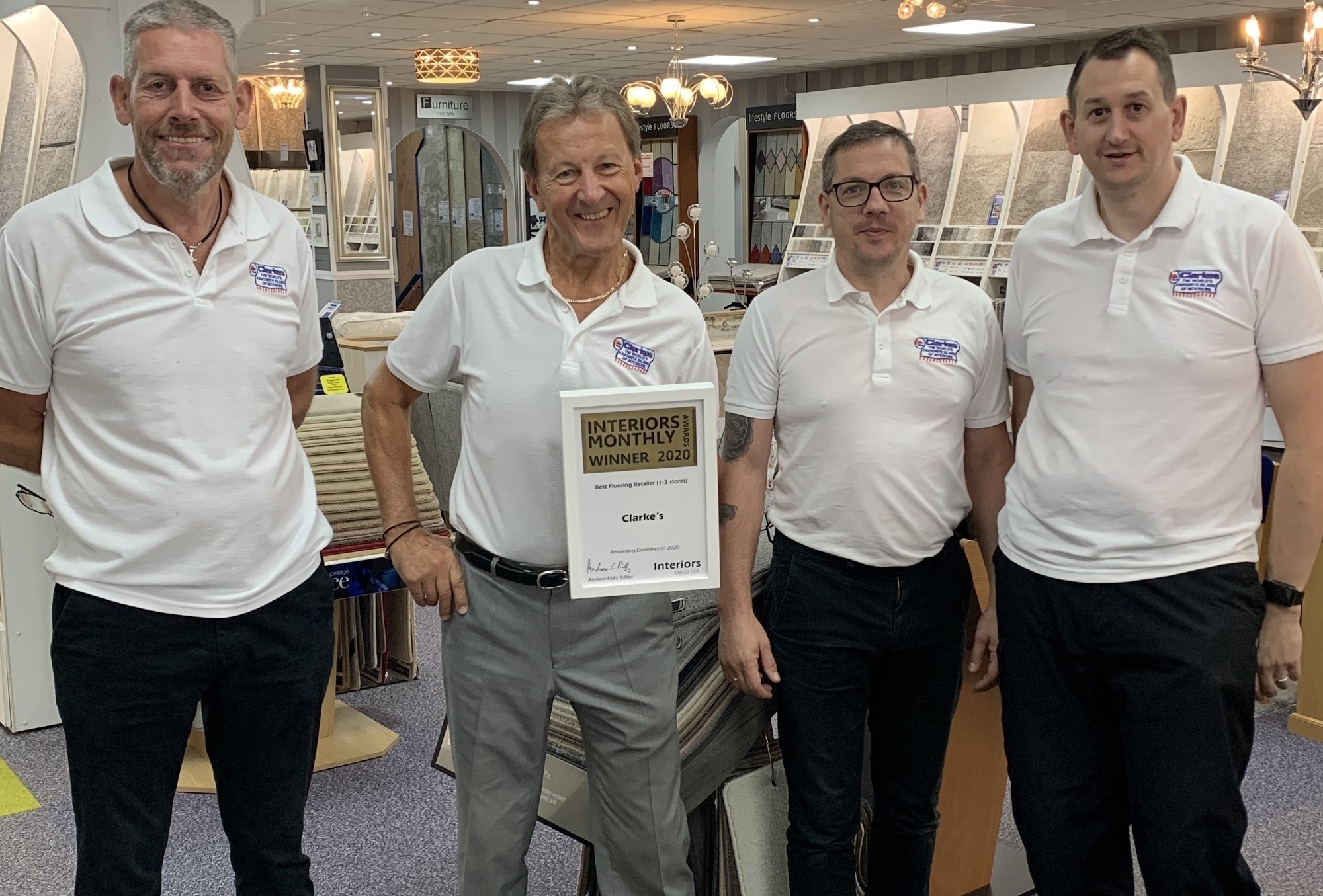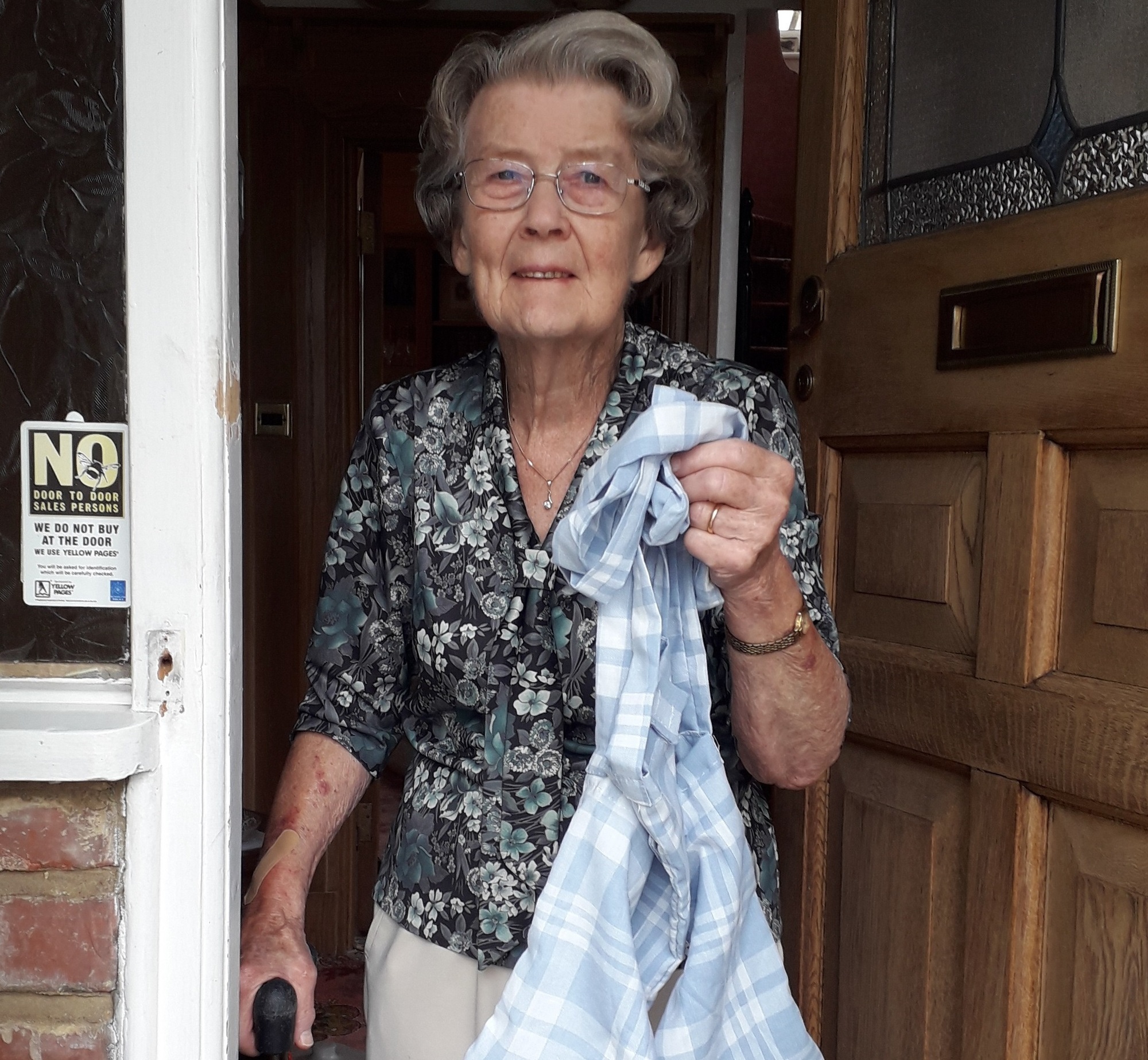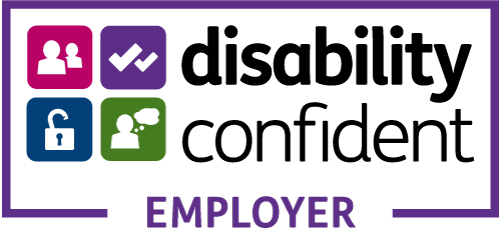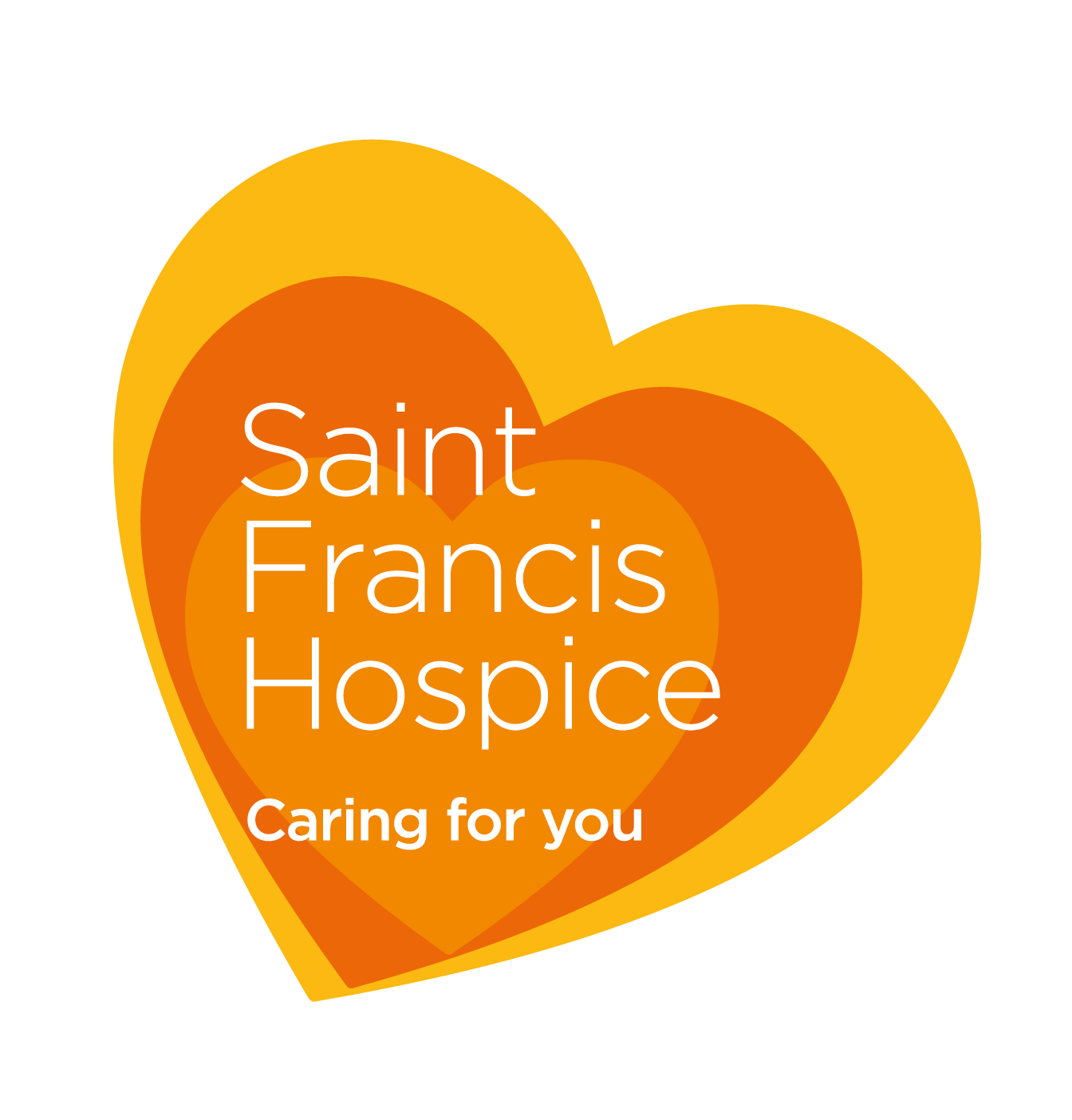A day in the life of a Community Nurse Specialist
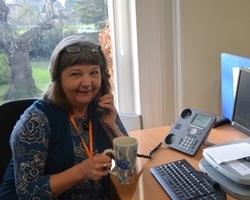
It's now coming up to 10 years since I decided to " jump ship" from my familiar role as a Clinical Nurse Specialist at a neighbouring Essex hospice and apply for a similar role with the Specialist Community and Crisis Support team at Saint Francis Hospice.

It was quite a thought (and caused bewilderment for my husband) to consider adding an extra 40- mile journey to work and back home instead of working almost on my doorstep but Saint Francis Hospice had such a good reputation for patient care and staff support that it was very tempting.
The geographical, cultural and demographic diversity of Saint Francis Hospice's catchment area drew me to the role and by the time I was interviewed I had made up my mind that, if I was lucky enough to be offered the job, I would be delighted to accept the opportunity.
The rest is history as they say but my story has been an exceptionally positive one at the Hospice.
A day in the life of a Community Nurse Specialist
My role is incredibly varied and I'd like to give an insight into what a day in the life of a CNS involves by sharing my experience during a single day...
8.45am - I arrived at the Specialist Community and Crisis Support team office at the Hospice to get organised and have the essential cup of coffee!
I then arranged my visits by phone, check my emails and phone messages. It was going to be a mix of an urgent new visit and a follow up visit and I had a palliative care meeting at lunchtime at one of our Dagenham GP surgeries. 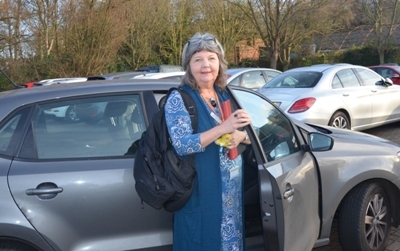
10.00am - I left the hospice equipped with my mobile phone and patient notes and drove to the first patient's home in Brentwood.
The patient with bladder cancer affecting his kidneys was a poorly man and confined to his bed.
He was living with his wife and both were being supported by his daughter, a health funded care package and community nurses.
Our Hospice at Home team were supporting this patient and his family had asked for a CNS to assess his pain control, nausea and vomiting.
I assessed and examined the man and from listening to his account of his symptoms and his family's concerns, I established that there were no obvious reversible causes of his symptoms but his swallowing and absorption of oral medications were being compromised by his advanced cancer.
He agreed that he may benefit from having a 24-hour subcutaneous syringe driver infusion with a pain relieving medication and an anti-sickness medication which would also help to relieve his anxiety.
I opted for the particular medications which are known as kidney friendly and so would not give side effects.
I left the home, went back to the Hospice, wrote and faxed letters requesting the appropriate medications and advice sheets with recommendations of the doses and frequencies of the syringe driver medications to the GP.
I also copied in the district nurses who would be the team to administer the syringe driver if possible.
Off I went back to my car and drove to the GP surgery in Dagenham where I joined community nurses, the principal palliative care GP and the end-of-life facilitator for the area.
Over the next hour we discussed the practice patients who were on the palliative care register and I also updated the team about recent staff changes and new initiatives at the Hospice.
2.00pm - I set off to visit one of my patients who was in a nursing home in Dagenham following a three week stay on our inpatient unit for symptom control.
A month ago I had visited this lady at home and had referred her to the inpatient unit as we could not get on top of her complex confusion and pain at home and both she and her daughters were highly anxious.
Apart from a few teething problems this lady was settling into the nursing home and she and her family were happy with the care.
3.00pm - I headed back to the Hospice through the heavy school pick up traffic.
3.40pm - I made my way to the inpatient unit to visit one of my caseload patients who had been admitted to the unit earlier in the day. I met with her son as well having previously conversed with him by phone.
4.10pm - I returned to my desk to write summaries of my visits on the patients' notes on the computer and again, I sent updated letters to all the relevant health professionals involved in the patients' care.
I phoned a couple of other patients to see how they were doing, if the changes that I had advised had made a difference and how to proceed. 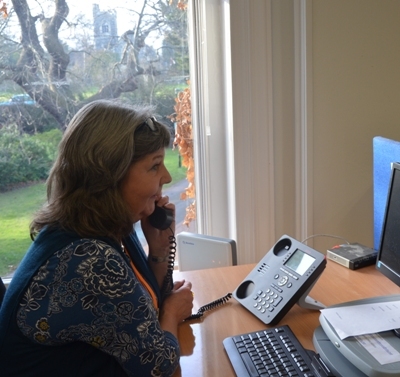
I also phoned a family who were recently bereaved when their father, who was a patient on my caseload, had died at home.
I offered bereavement support from our Family Support Service team at any time in the future and arranged for the equipment loaned from our Occupational Therapy team to be collected.
5.10pm - My day ended as it often does with a short catch-up and reflection on our day with my colleagues who have had an equally busy day.
We are lucky to be a close team of CNSs who give invaluable support to each other.
We also work closely with the Hospice medical team to gain their advice about any of the more complex clinical issues that arise.
Working as a CNS at Saint Francis Hospice has far outweighed my expectations - no regrets, even when sitting in a traffic jam on the A12!
